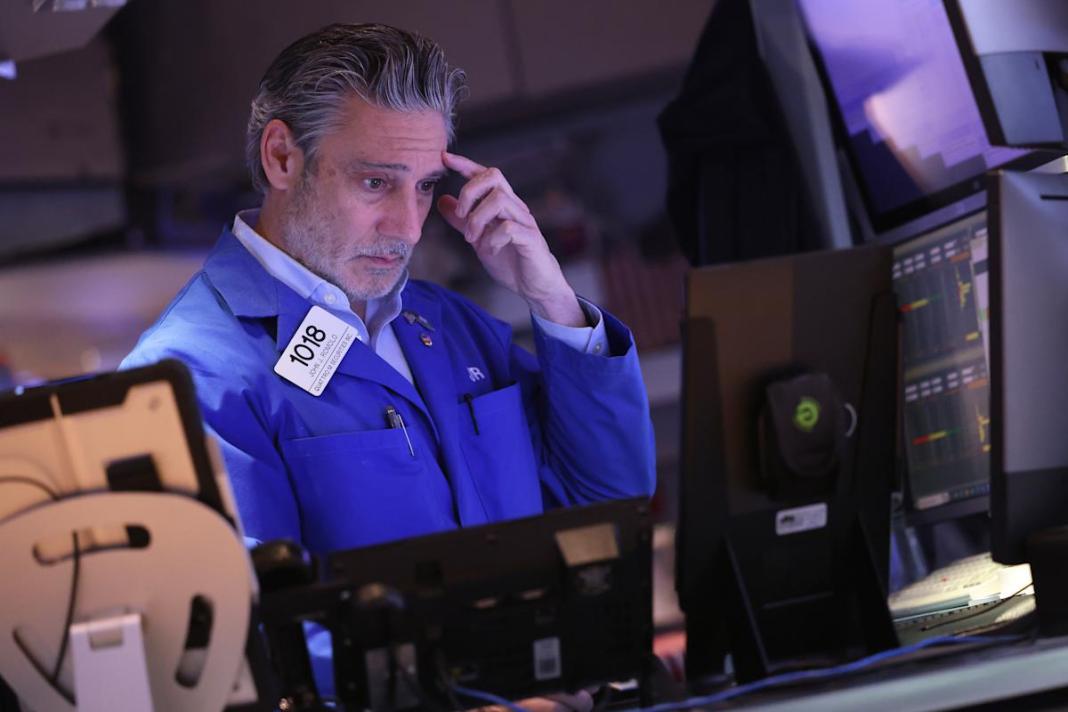As bond yields continue to rise, many investors have been on edge, fearing that higher interest rates could spell trouble for the stock market. However, according to BMO chief investment strategist Brian Belski, higher rates may not be as detrimental to stocks as some may think.
In a recent analysis dating back to 1990, Belski found that the S&P 500 actually delivered its best annualized average returns when the 10-Year Treasury yield was higher. In months where the yield was less than 4%, the benchmark average returned 7.7% annually, compared to 14.5% when the yield was at 6%.
Belski’s research also showed that stocks have historically performed better in a rising rate environment compared to a falling rate environment. The average annual rolling 1-year return for the S&P 500 during a falling rate environment was 6.5%, while it was 13.9% in a rising rate regime.
According to Belski, the current economic backdrop supports the idea that higher rates may not be detrimental to stocks. With strong employment numbers and robust earnings, the market may be able to thrive even with interest rates hovering between 4% and 5%.
“In a higher interest rate environment, certainly higher than 0% to 1% or 0% to 2%, stocks traditionally do very well,” Belski said. “So I think we’re recalibrating that, we still think from these levels stocks are higher at year end.”
As investors continue to navigate the changing market dynamics, Belski’s analysis provides a fresh perspective on the relationship between bond yields and stock performance. With a strong economic outlook and solid fundamentals, higher interest rates may not be as worrisome for stocks as previously believed.


